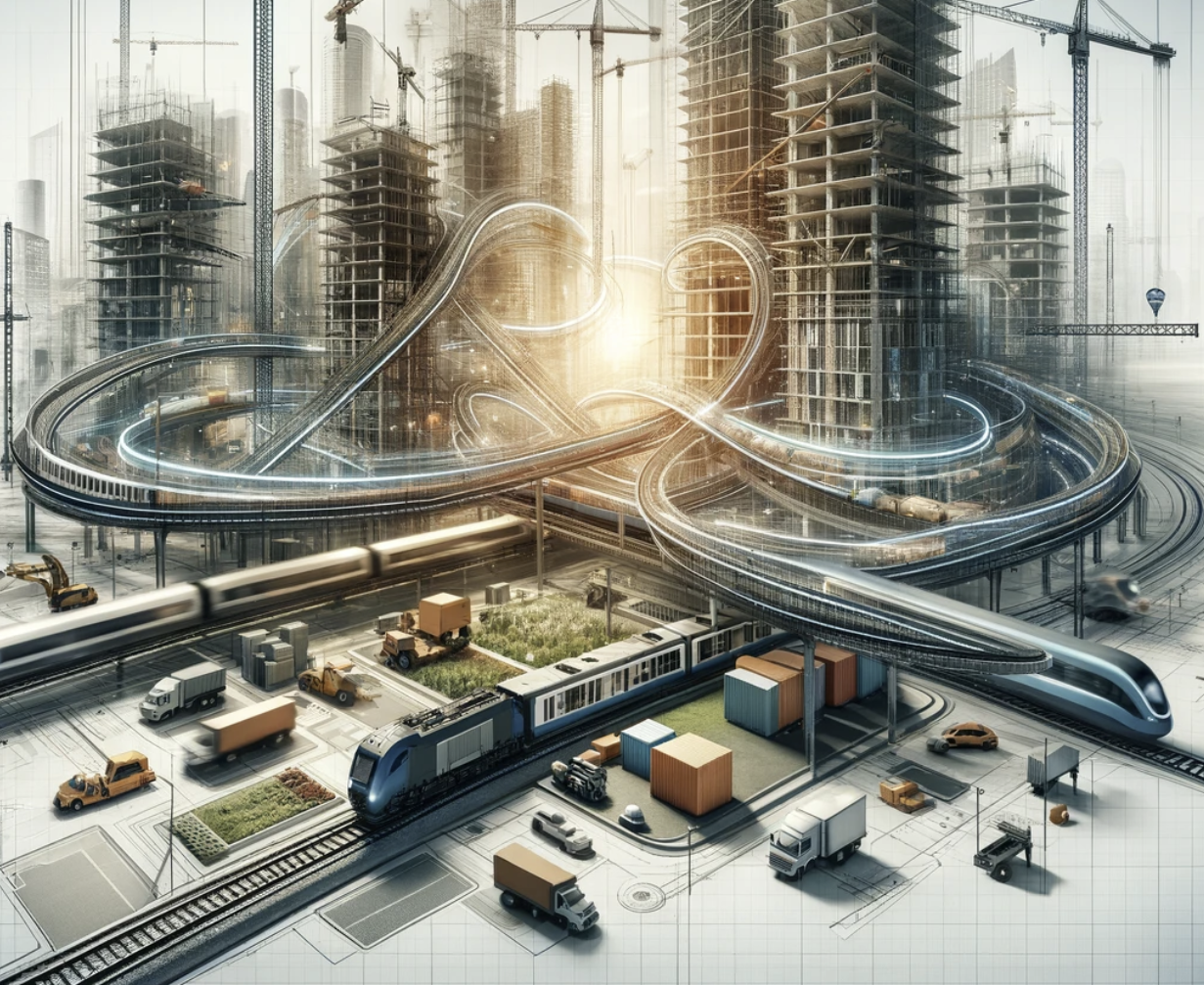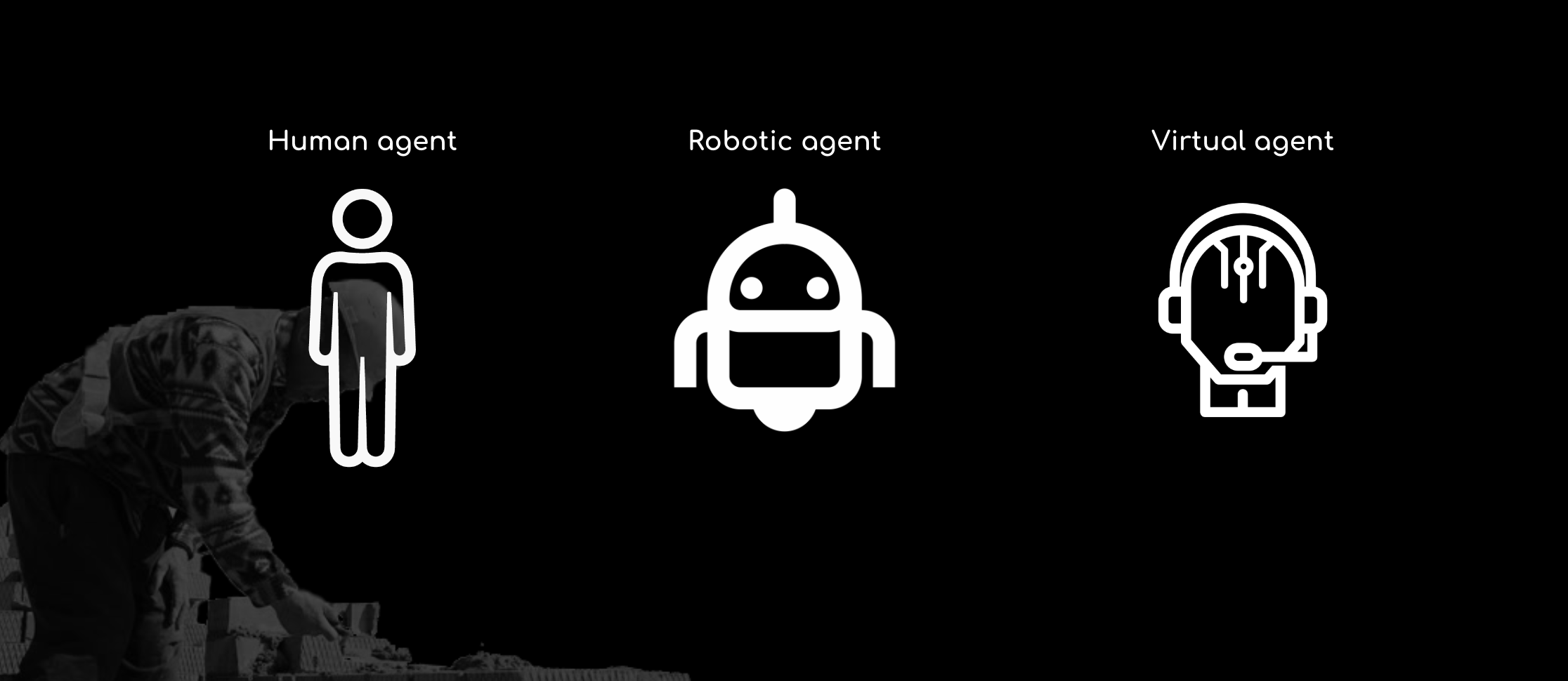
Photo Credits: @Olga Beatrice Carcassi
How a ‘materials transition’ can support the net-zero agenda? A materials transition that applies circular-economy principles and involves regenerative and sustainable materials can help to realize global net-zero goals. Many countries and businesses have so far centered their plans for achieving net-zero emissions on an energy transition, which calls for boosting energy efficiency and accelerating the transition to renewable energy. And rightly so, given that the use of fossil fuels accounts for a clear majority of global CO2 emissions and presents obvious emissions reduction opportunities. However, the production, use, and eventual disposal of construction materials such as steel, plastics, aluminum, and cement also account for almost a quarter of all global CO2 emissions. To reach net zero, countries, businesses and designers should also consider what might be called a materials transition, which would involve both the implementation of lower-impact ways to produce materials and—crucially—the application of circular-economy principles to optimize the use and reuse of these materials and heaving healthier and more sustainable buildings. Alongside, advanced manufacturing technologies, such as robotic fabrication, can further help this transition by improving the material quantity used in different projects while decreasing the waste of resources.
Nonetheless, before being involved in the construction of building, materials first come from a territory. They need to be harvested, processed, and transported over a certain distance before being assembled to form a finished object. Sold through catalogs, packed, and labeled, they appear disjoined from their origins, making the designers forget their true nature as well as the means deployed to manufacture them as well as the energy required to send them to their final destination. In doing so, construction materials are debased, while architecture ignores its very geography. As in all other fields, the great challenges of our time is to make the connection between what is consumed and those who are producing those goods.
The ambition of this module is to help te students to reconcile with the material manufacturing and assist them in how to draw up a narrative to present the material story of their project from a point of view of reconnecting with the planet Earth.
Learning Objectives
This module fully prepares the students to understand where construction materials come from, where they originate, how they are extracted, processed, produced, put in place, the end-of-life scenarios and they related environmental impacts. Moreover, these information can give them the basis for the creation of their specific material story framework and how the material choice that we made as designers can contribute to the sustainability of the whole architecture project.
In particular:
- Environmental parameters metric and introduction
- EPD understanding as a simple tool to navigate construction materials
- Building the description of different material stories








